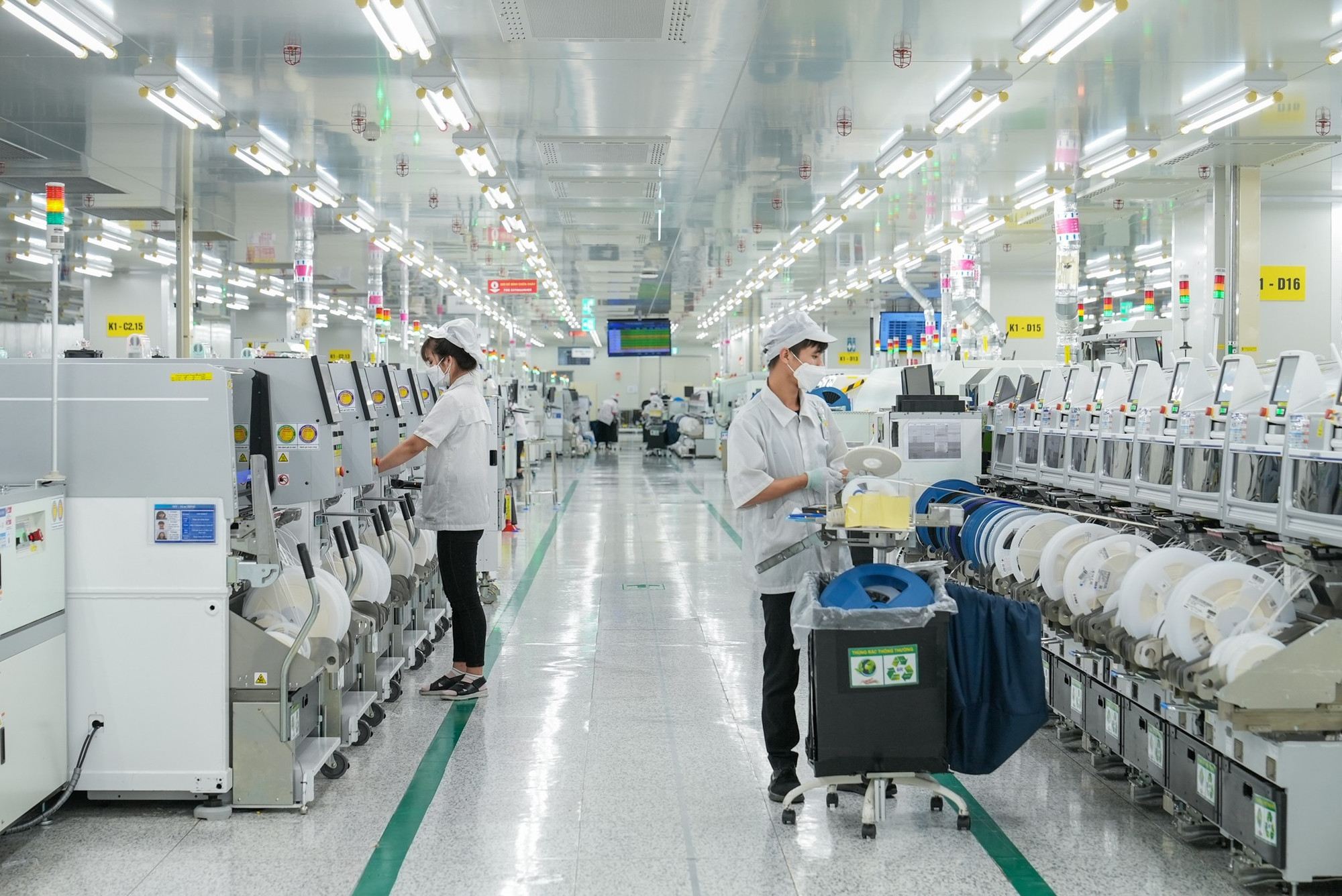
The journey to realize the aspiration of becoming a developed country by 2045 is posing major challenges in institutional reform and building a truly independent and self-reliant economy . (Photo: Vietnam+)
Nearly four decades since the launch of the Doi Moi reforms, Vietnam has written an extraordinary economic development story. From a country exhausted after the war, the size of the economy has skyrocketed nearly 106 times, becoming the leading growth engine in the ASEAN region. However, the journey to realize the aspiration of becoming a developed country by 2045 is posing great challenges in terms of institutional reform and building a truly independent and self-reliant economy.
From the ashes of war to regional “star”
Sketching a “gloomy” economic picture of the first years after reunification, Dr. Nguyen Thi Huong, Director General of the General Statistics Office ( Ministry of Planning and Investment ), shared that in 1975, the economy was almost completely destroyed, with GDP per capita reaching only 80 USD. The centralized planning period (1976-1985) had some steps of recovery but still could not create a breakthrough, the country was immersed in a socio-economic crisis.
The historical turning point only really came at the 6th Party Congress in 1986. The revolutionary policies of the Doi Moi process paved the way for a glorious period of development. The Congress Resolution clearly pointed out the need to change thinking, focusing on three major economic programs. Specifically, putting agriculture in the leading position, developing light industry and handicrafts, and selectively developing heavy industry.
The revolutionary policies of the Renovation process paved the way for a period of glorious development.
Breakthrough agricultural policies have liberated production capacity. Thanks to that, Vietnam has transformed from a country with food shortages into the world's leading rice exporter. In particular, the 1987 Foreign Investment Law has "opened wide" the door to attracting foreign direct investment (FDI), following the motto of diversifying and multilateralizing foreign economic relations.

Breakthrough agricultural policies have liberated production capacity. (Photo: Vietnam+)
The results came almost immediately. Dr. Nguyen Thi Huong pointed out that the GDP scale by 1990 was 73 times that of 1986. Of which, the agriculture, forestry and fishery sector was 74 times larger, the industry and construction sector was 53 times larger, and the service sector was more than 88 times larger. Accordingly, the average GDP growth each year reached nearly 5%.
Overall, since then, the "boost" from the Doi Moi process has liberated productivity, unleashed resources, and created a period of continuous and impressive growth. Dr. Nguyen Thi Huong emphasized that the statistics are the clearest evidence for this miracle. Vietnam's economic scale has grown nearly 106 times, from 4.5 billion USD in 1986 to 476.3 billion USD in 2024. Accordingly, GDP per capita increased from 74 USD to 4,700 USD, more than 63 times. Vietnam has also officially left the group of low-income countries since 2008. Vietnam's average economic growth in the period 1987-2024 reached about 6.67%/year, among the highest in the region and the world, making Vietnam the leading growth country in the ASEAN-6 group.
This process is accompanied by a strong economic restructuring towards industrialization and modernization. A report from the General Statistics Office shows that the proportion of agriculture in GDP has decreased sharply from 36.76% (1986) to only 11.86% (2024). In contrast, the industrial-construction and service sectors have risen to become two main pillars, accounting for 37.64% and 42.36%, respectively. Notably, from being besieged and embargoed, Vietnam has now deeply integrated, becoming one of the most open economies in the world. Total import-export turnover in 2024 is estimated at 786.29 billion USD, 267 times higher than in 1986. These figures not only reflect quantitative growth but also show qualitative improvement, with the contribution of total factor productivity (TFP) to growth increasing, reaching over 43% in the 2021-2024 period.
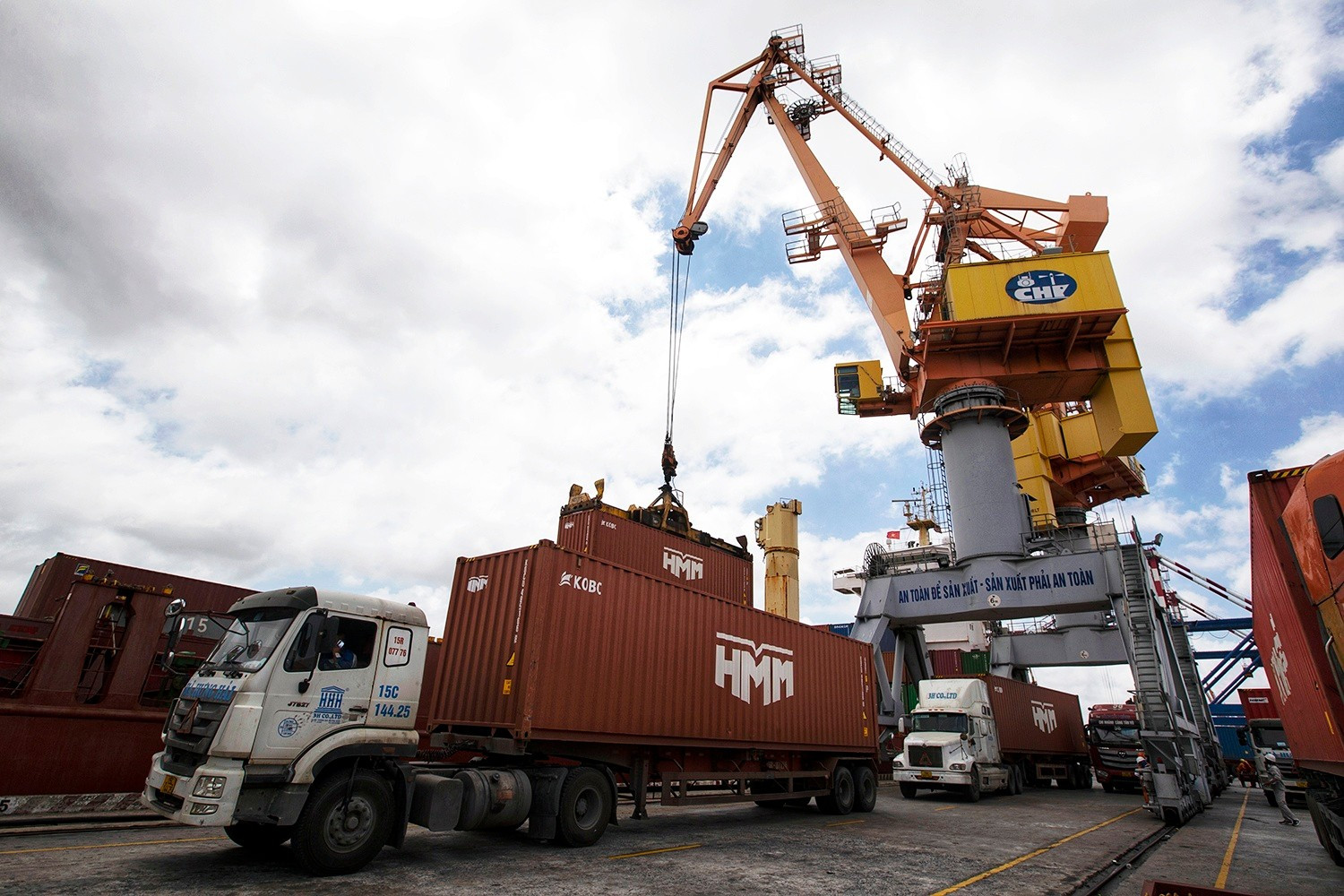
Vietnam has deeply integrated, becoming one of the most open economies in the world. (Photo: Vietnam+)
Delays and new risks
Despite its remarkable achievements, Vietnam’s journey ahead is not smooth. Experts point out that the current growth model is showing many limitations and facing challenges from a volatile global context.
Dr. Nguyen Thi Huong frankly admitted: “Vietnam's economic structure is still quite backward compared to some countries in the region. If we consider the ratio of the agricultural sector in GDP, Vietnam's economic structure in 2023 will only be equivalent to Thailand in 2011, Malaysia in 1996, or South Korea in 1984.”
This shows that Vietnam still has a long way to go to catch up with the structure of upper middle-income countries.
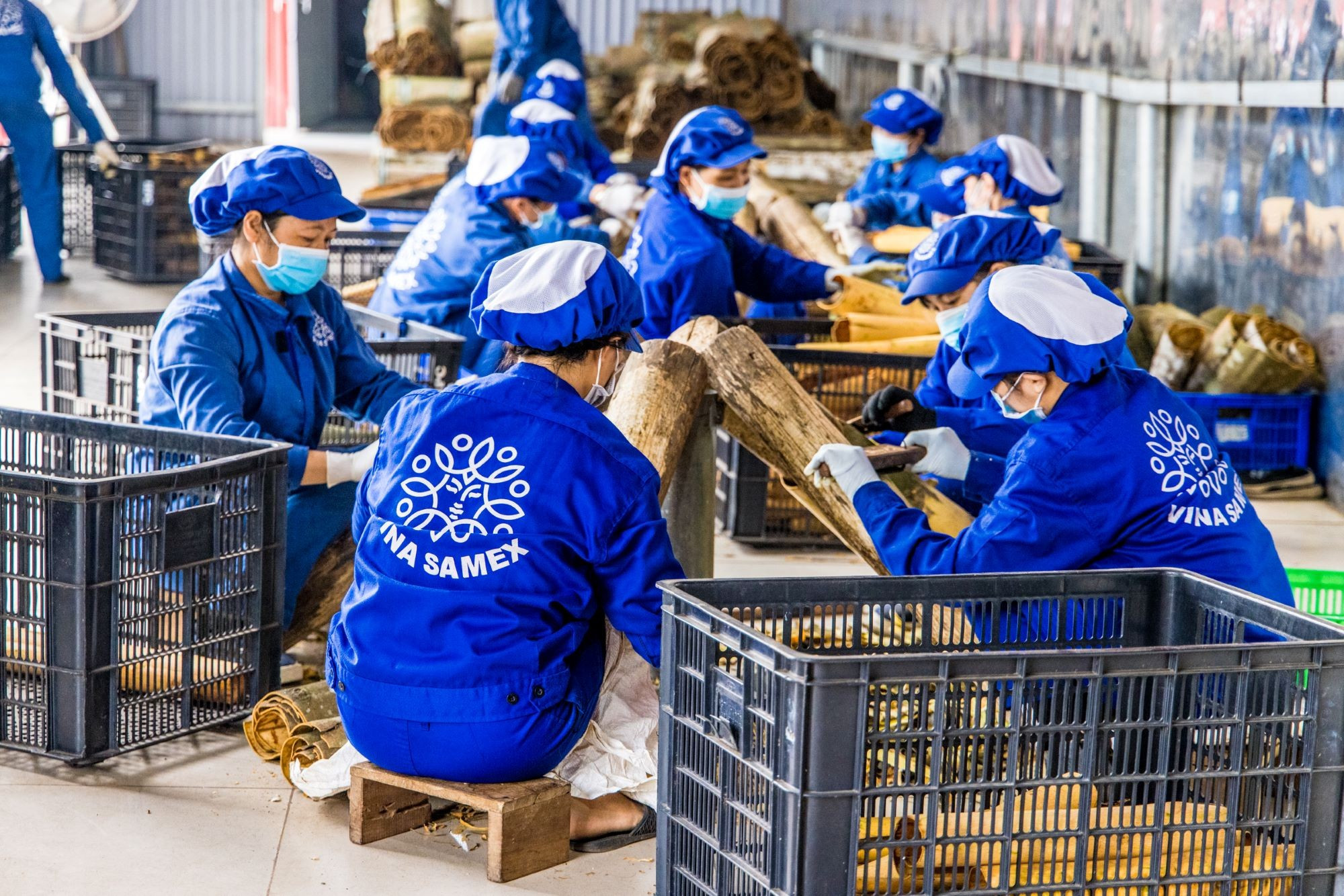
The current growth model is showing many limitations and facing challenges from a volatile global context. (Photo: Vietnam+)
In a deeper analysis, Master Pham Thi Thanh from the Institute of Vietnam and World Economics pointed out that Vietnam's growth model still relies heavily on capital and cheap labor.
“Productivity, innovation and value chain linkages are still weak,” Ms. Thanh commented.
In the current context, this model is being deeply affected by global trends. Specifically, Ms. Thanh said that Green Transformation and Digital Transformation are two irreversible trends. Vietnam has great opportunities to integrate, but the challenge lies in the capacity to absorb technology and the lack of an effective green financial mechanism.
Vietnam must have a "flexible balance" strategy and improve its technological autonomy to avoid falling into a "spiral of dependence."
In addition, fluctuations in the global supply chain with the trend of “friend-shoring” (moving production to friendly countries) are opening up opportunities for Vietnam to attract FDI. However, Ms. Thanh warned that if logistics infrastructure is not improved, business capacity is enhanced and the localization rate is increased, Vietnam risks becoming a mere assembly point.
Especially in the context of US-China technology competition, Ms. Thanh emphasized that this race forces countries like Vietnam to have a "flexible balance" strategy and improve technological autonomy to avoid falling into a "spiral of dependence."
“These factors create both opportunities and risks. The opportunity is to attract strategic investment in high-tech sectors. The risk is to fall behind and get stuck in the middle-income trap if we do not drastically innovate the growth model,” said Ms. Thanh.
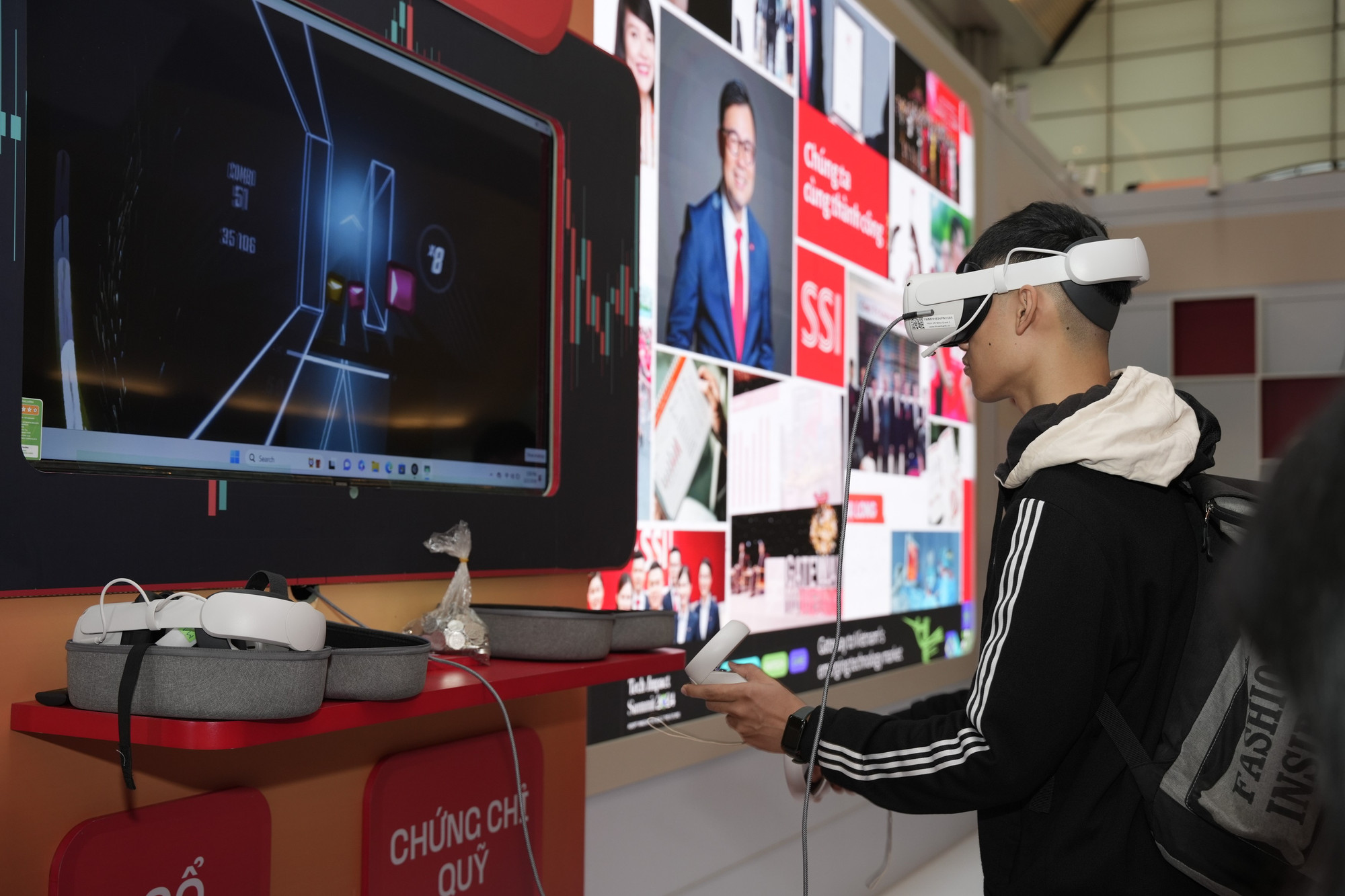
The opportunity is to attract strategic investment in high-tech fields. (Photo: Vietnam+)
The Road to 2045
Recognizing the challenges, the 13th Party Congress identified “Innovation of the growth model and economic restructuring” as a long-term strategic orientation. To realize this goal, experts have made many specific policy recommendations.
According to Master Pham Thanh Cong, Institute of Vietnam and World Economics, it is necessary to focus on strategic breakthroughs. One is to improve the efficiency of macroeconomic management. Specifically, continue to consolidate a solid macroeconomic foundation, control inflation, effectively handle bad debt and ensure the transparency of the financial-banking system.
The journey to 2045 with the aspiration of becoming a developed, high-income country requires a “Second Innovation” in thinking and action.
Second, continue to implement three strategic breakthroughs. In particular, perfecting the socialist-oriented market economic institution while promoting administrative reform, improving the business environment and selectively attracting FDI projects with high spillover potential. Developing synchronous and modern infrastructure, focusing on key national projects and dynamic economic regions. Regarding human resources, fundamentally innovating education and training to develop high-quality human resources to meet the requirements of the 4.0 Industrial Revolution.
Third is to prioritize the development of science and technology, considering this a key factor to improve productivity, so there needs to be a mechanism to encourage enterprises to participate in research, development and technology transfer. Fourth is to promote the overall restructuring of economic sectors: from restructuring state-owned enterprises, financial markets, public investment to the public service sector. Fifth is to strongly develop the private economy, creating conditions for the formation of economic groups with modern technology, becoming an important driving force of the economy.
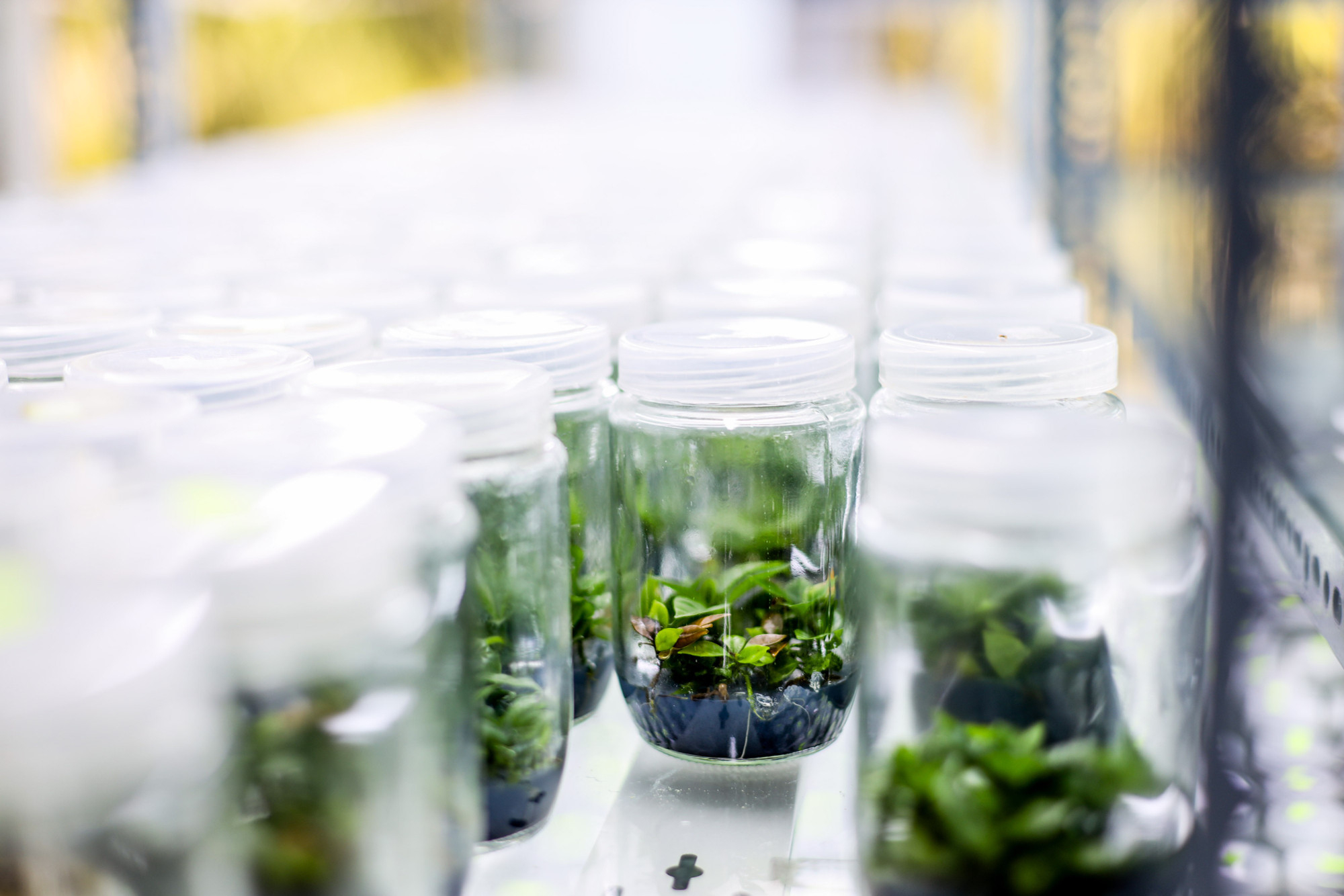
Forming economic groups with modern technology, becoming important driving forces of the economy. (Photo: Vietnam+)
Sixth is to innovate regional linkages and urban development, through building effective institutions to coordinate regional economic development, controlling the urbanization process associated with sustainable development. Seventh is to improve the effectiveness of State management. The goal is to build a constructive, serving state, with a streamlined, honest and effective apparatus.
Adding a specific perspective, Dr. Nguyen Thi Huong proposed a number of urgent solutions to promote economic restructuring. In particular, focusing on prioritizing the development of science and technology, quickly modernizing key industries, especially high-tech industries. Next is to strongly promote service industries with high knowledge content such as tourism, aviation, information technology, high-quality healthcare. In addition, it is necessary to improve the efficiency of using public investment capital, focusing on areas where the private sector cannot or does not want to invest.
However, past performance is not a guaranteed “ticket” for future success.
In addition, Ms. Huong emphasized the need to create a favorable environment for technology transfer while building a human resource development strategy closely linked to the socio-economic development strategy.
The nearly 40 years of Doi Moi have witnessed the spectacular rise of the Vietnamese economy. From a backward economy devastated by war, Vietnam has risen to become a bright spot of growth in the world. However, the miracles of the past are not a "ticket" to ensure success in the future.
The journey to 2045 with the aspiration of becoming a developed, high-income country requires a "Second Innovation" in thinking and action with a focus on renewing the growth model based on science and technology, innovation and promoting national strength.
Accordingly, the process of streamlining the administrative apparatus is considered the “Second Innovation” to open up new opportunities for the country. Although it will face many difficulties, especially in terms of human factors, with the determination and great efforts of the entire political system, the business community and the people, the country will enter a new era of development./.
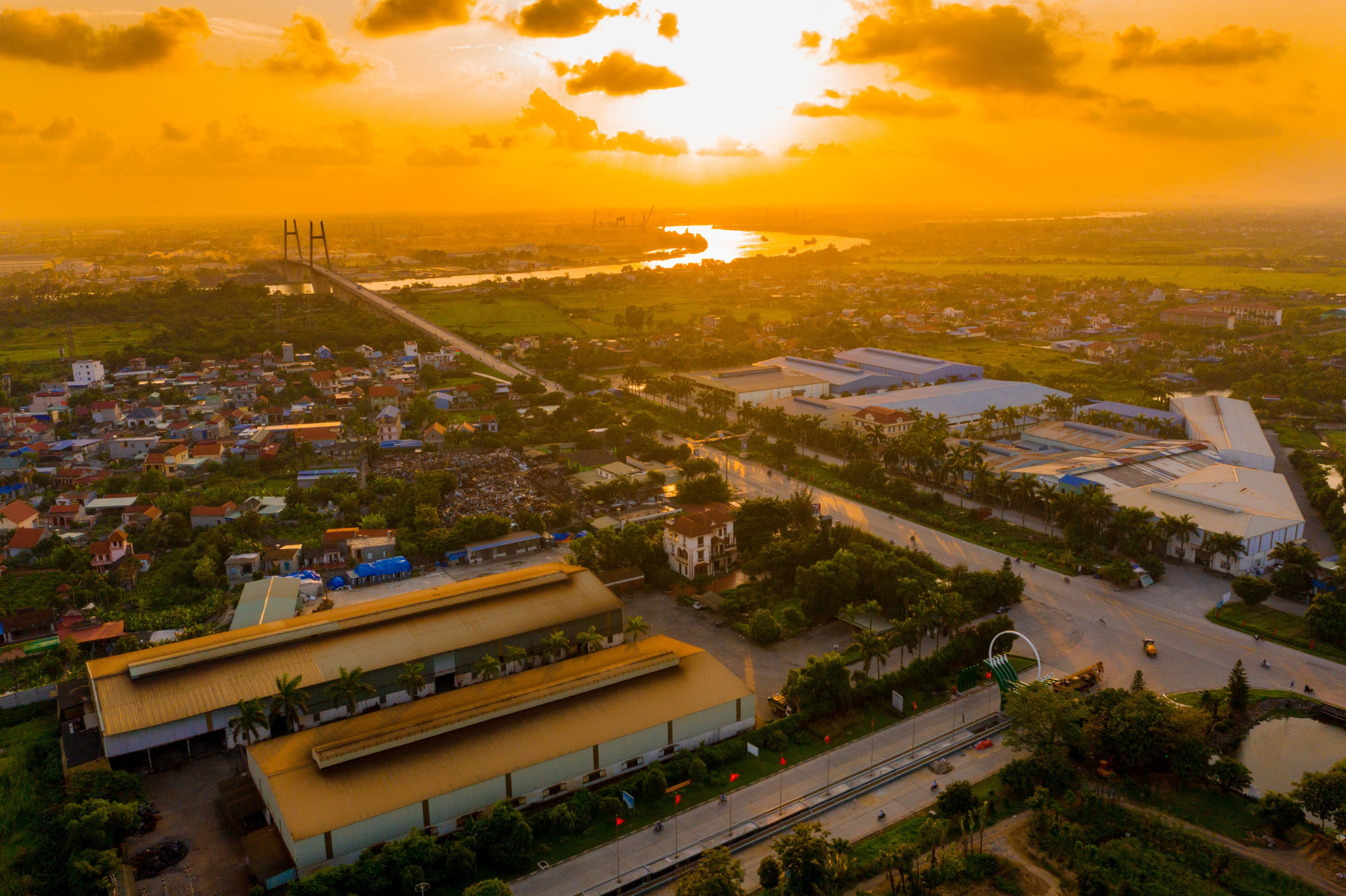
The nearly 40 years of Doi Moi have witnessed the spectacular rise of Vietnam's economy. (Photo: Vietnam+)
(Vietnam+)
Source: https://www.vietnamplus.vn/ky-tich-kinh-te-viet-nam-tang-truong-106-lan-dan-dau-asean-va-khat-vong-den-nam-2045-post1056426.vnp






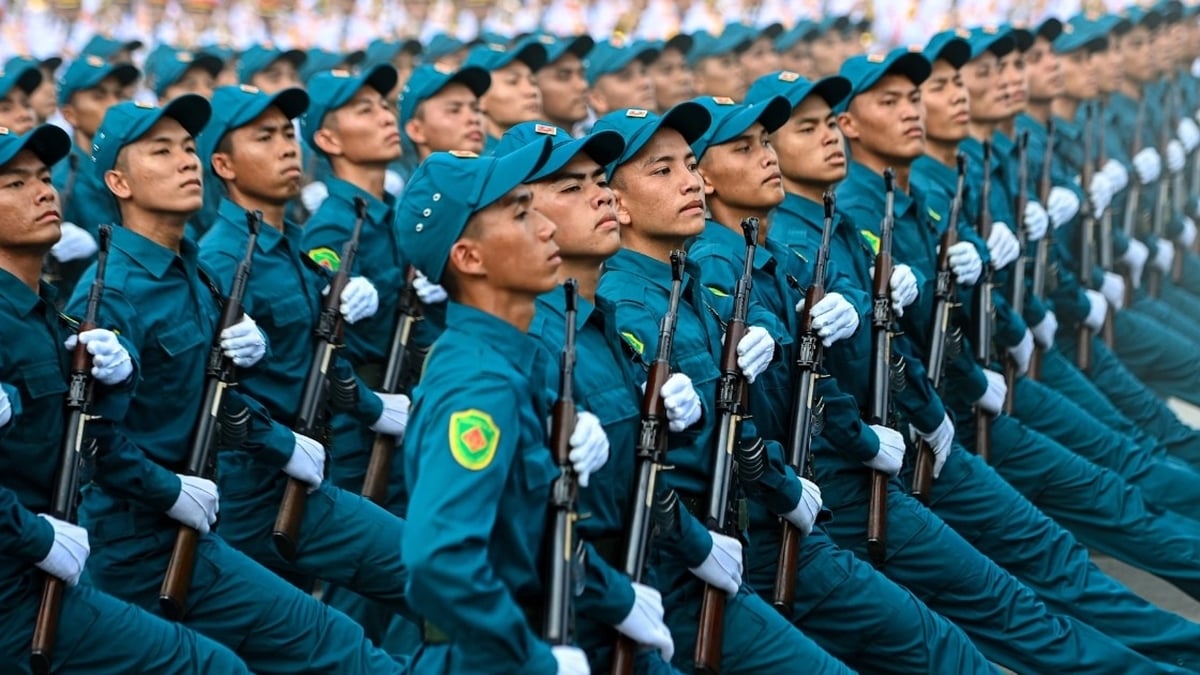


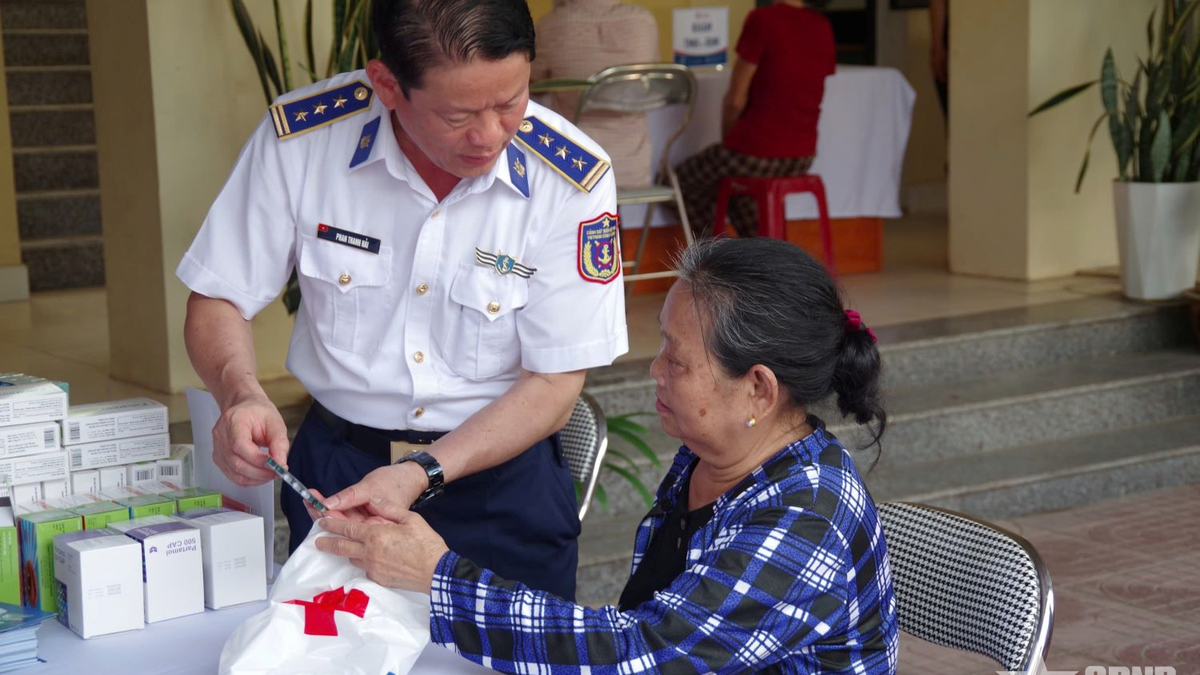
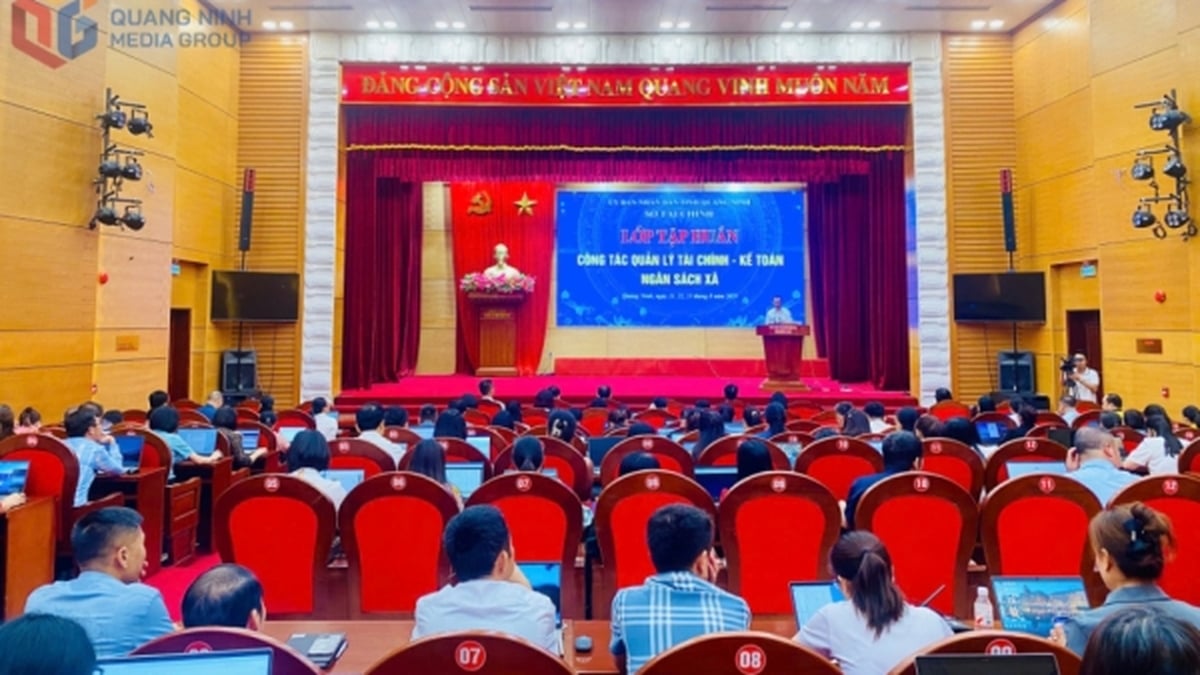











![[Photo] Politburo works with Standing Committees of Lang Son and Bac Ninh Provincial Party Committees](https://vphoto.vietnam.vn/thumb/1200x675/vietnam/resource/IMAGE/2025/8/20/0666629afb39421d8e1bd8922a0537e6)


![[Photo] An Phu intersection project connecting Ho Chi Minh City-Long Thanh-Dau Giay expressway behind schedule](https://vphoto.vietnam.vn/thumb/1200x675/vietnam/resource/IMAGE/2025/8/21/1ad80e9dd8944150bb72e6c49ecc7e08)


![[Photo] Prime Minister Pham Minh Chinh receives Australian Foreign Minister Penny Wong](https://vphoto.vietnam.vn/thumb/1200x675/vietnam/resource/IMAGE/2025/8/20/f5d413a946444bd2be288d6b700afc33)

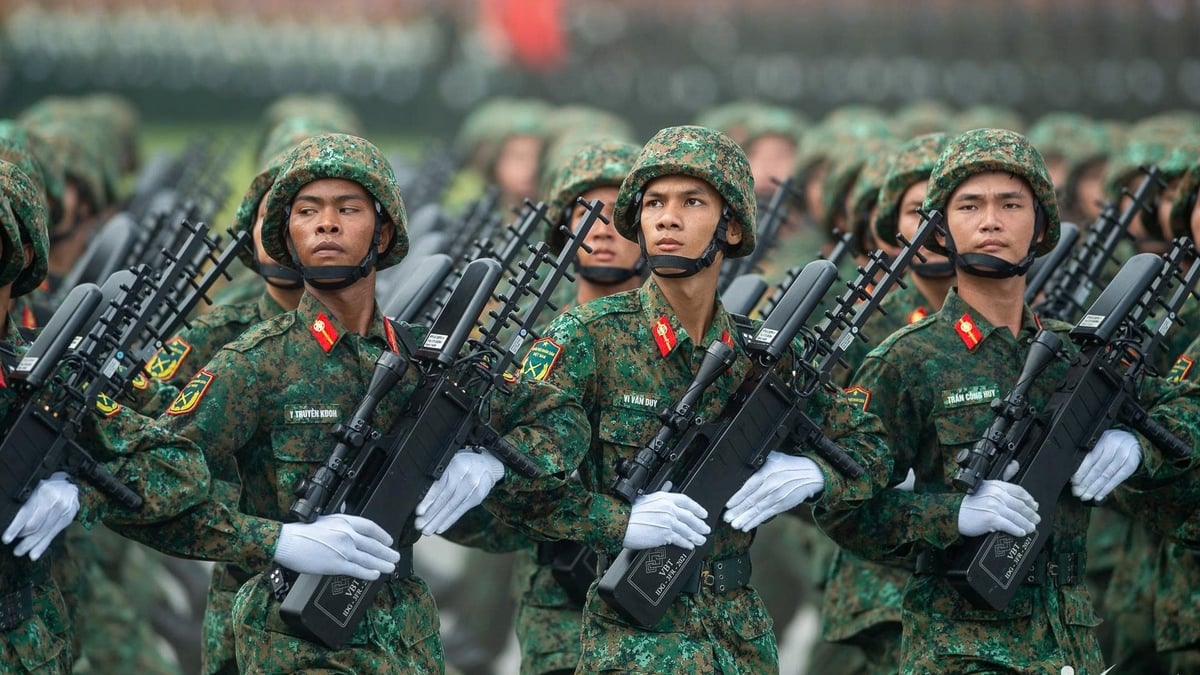
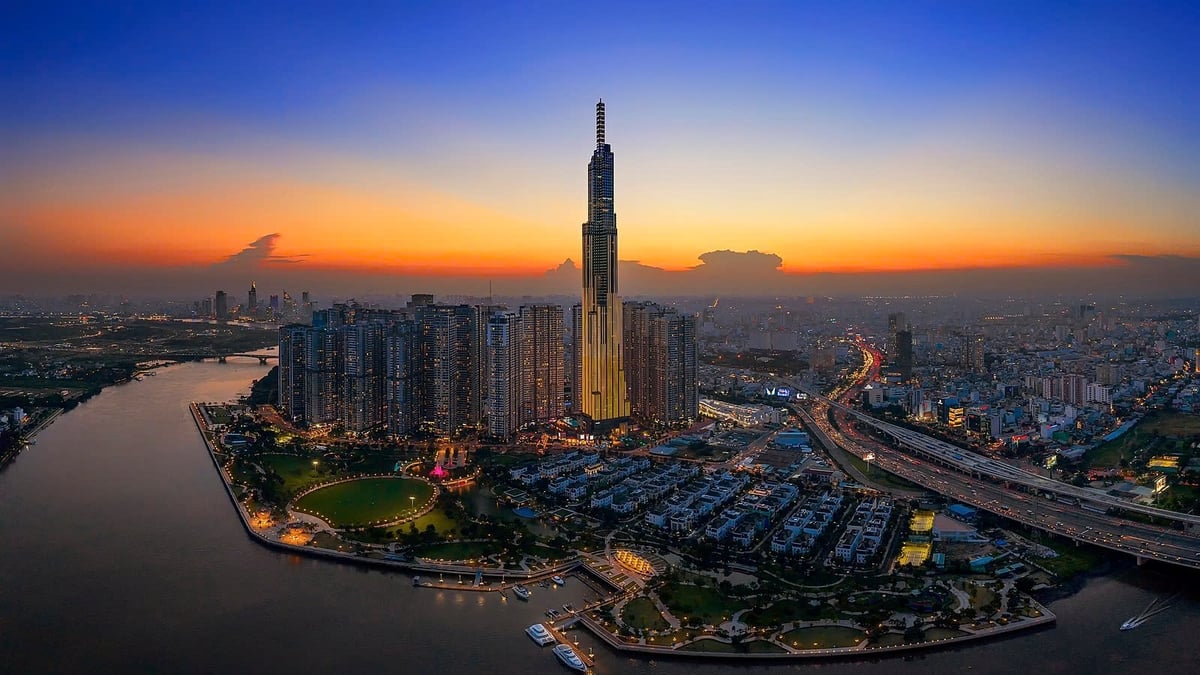








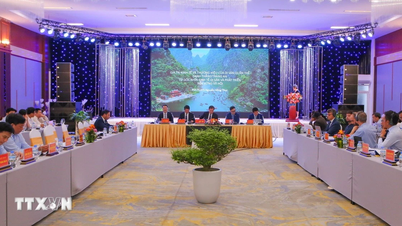
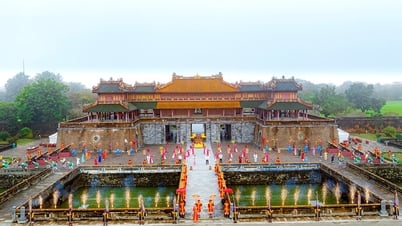







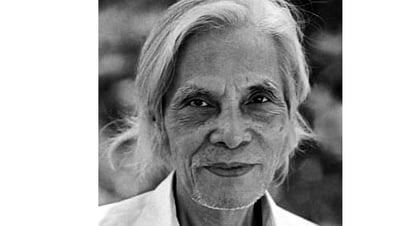

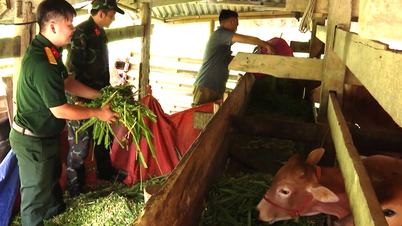









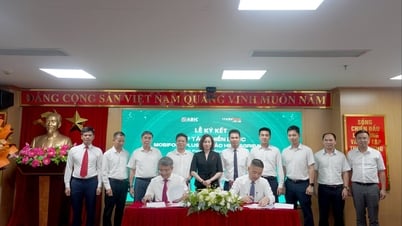







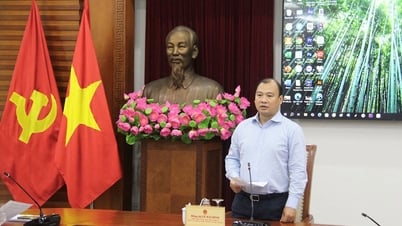









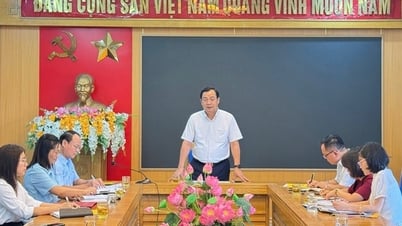
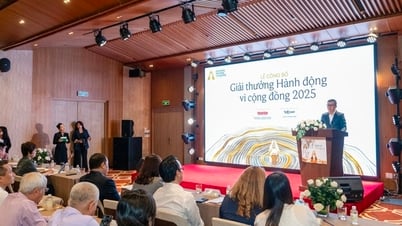























Comment (0)